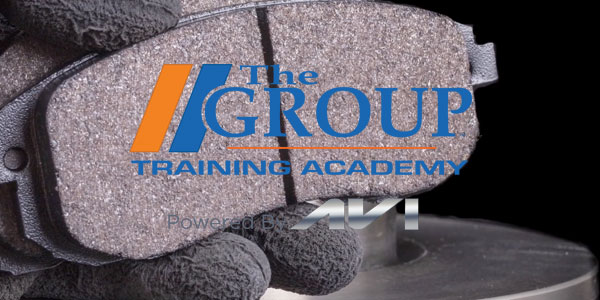For Uber and Lyft drivers, premium brake pads – and frequent inspections – are a must.
In the age of Uber and Lyft, vehicles are no longer personal possessions as much as they are a shared commodity.
Most drivers only change their brake pads every two to four years. With full-time ride-share work, however, ride-share drivers say you’re probably looking at every six months. Ride-share experts recommend getting the highest-rated brake pads you can afford.
According to Uber, drivers’ vehicles are subject to a yearly safety inspection at a pre-approved auto repair shop. This inspection covers general mechanical and safety features that all well-maintained vehicles should be able to pass, including tire-tread and brake-pad tests. Additionally, all Uber vehicles must be under than 10 years old.
However, even with the vehicle-age and safety-inspection requirements, accidents caused by poor maintenance can (and do) occur.

Francis L., an Uber driver, commented on a question posted on Quora about how often Uber drivers service their vehicles. He said, “If you think you’re saving money by skipping regular maintenance, you are mistaken. It will cost you far more, in the long run, to fix the damage you did by saving those few dollars on [service] or using inferior products. Similarly … getting your brakes serviced as recommended is easier on the wallet than new rotors.”
Many ride-share experts say it’s best for drivers to follow a routine maintenance schedule, just like they would if the vehicles were part of a fleet of, say, taxi cabs. Every 3,000 miles or whenever an LOF (lube, oil, filter) is performed, make sure the technician also looks at the brake pads. Another good time to inspect brake wear is during a tire rotation. Shops sometimes offer deals on oil changes that include a free tire rotation, which allows a free peek at the brake system. While some manufacturers allow brake pads to wear down almost to the wear sensor, it’s not recommended for ride-share drivers to wait that long.
Some drivers report that maintenance costs are too high to make money, but it also depends on the car that’s used for the job. If your customer drives a high-end, luxury import vehicle, the cost to maintain it will be much more than a domestic or mid-scale import. One reason ride-share drivers need to keep up with their brakes is for safety and their driver reputation. Carting people around for a living may sound easy, but there’s a lot more to think about today than just turning on your app and making money. Keeping the brakes in top condition not only gives the driver a feeling of safety, but it also gives passengers a sense of comfort from not hearing any grinding noises or strange mechanical sounds emanating from the vehicle.
Ride-share experts recommend using the best-quality parts for brake jobs so they last longer and provide maximum performance. If a driver is handy and can do the brake job themselves, they can save money, but the caveat is that they really should know what they’re doing. If you’re driving people around and you didn’t perform the job correctly, you may put your passengers and yourself in a hazardous situation where the brakes fail.
As a counter pro, you must be sure you sell ride-share drivers on the importance of using high-quality brake parts and replacing all of the necessary components, including the hardware – because taking shortcuts to save a buck or two could come back to bite them. With the rise of ride-share companies and their applications – as well as a large number of drivers who are moonlighting with their vehicles – counter pros should emphasize safety when dealing with these customers.












